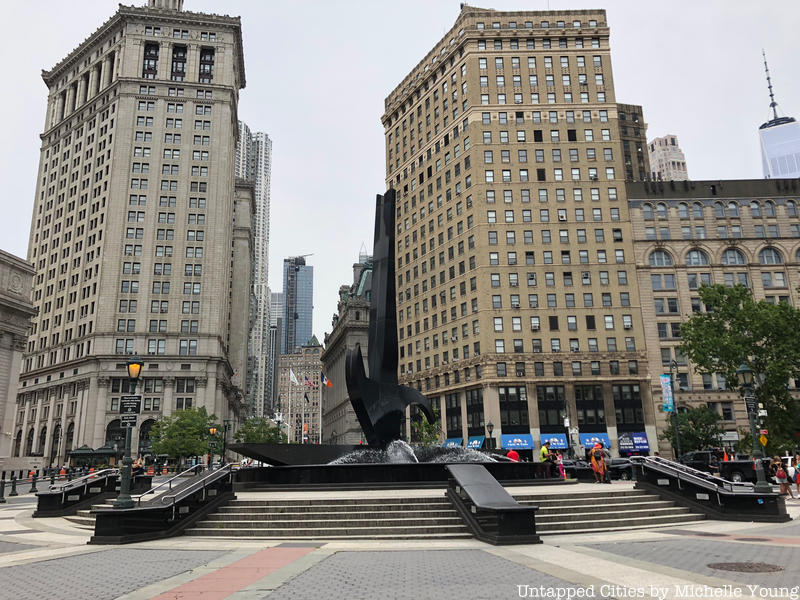7. Five Points, Lower Manhattan

Between 1810 and 1834, years before other Free Black settlements began, a sizeable African American community was established in lower Manhattan around the notorious Five Points neighborhood. Though the nearby African Burial Ground received much attention in the 1990s when it was unearthed, the Five Points community still remains relatively unknown. In Five Points, the African Mutual Relief Society offered aid and occasional housing to African Americans, and nearby churches were community centers for the population. These included the A.M.E. Zion Church, located near slaughterhouses and potteries where free Black laborers worked.
The community got its water supply from the Fresh Water Pond. Some residents of the community also lived in white-owned homes through domestic arrangements. Many African American residents also participated in elections and were taxed, and a handful worked as skilled tradesmen or business owners. On what was then called Block 160, about 30% of residents were African American, many of whom rented homes from white landlords. A number of African American churches were opened in the 1810s and 1820s to cater to the area’s growing population. Many laborer positions in lower Manhattan were occupied by free Blacks, which led to conflict with immigrant Irish populations, Anti-abolitionist sentiment was fierce, and a series of 1834 riots destroyed much of Five Points. Rising rents and a competitive job market led to the decline in the Black population around Five Points.





